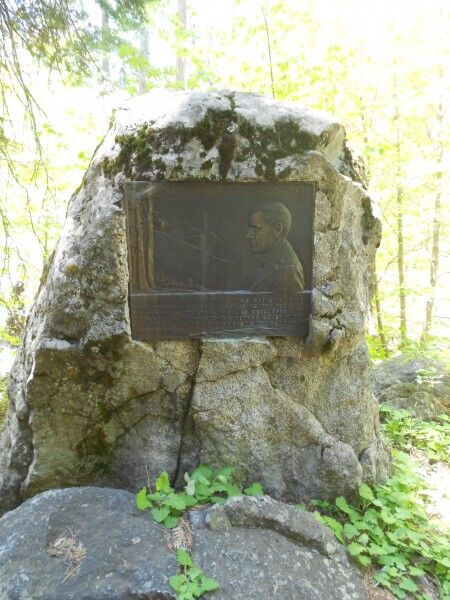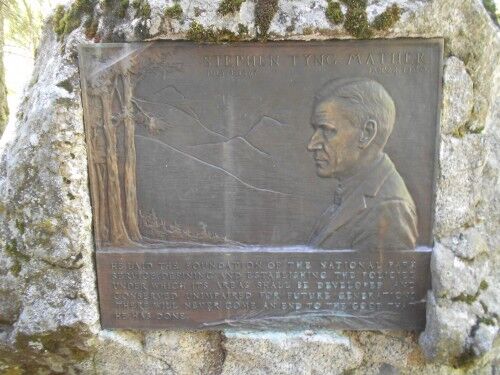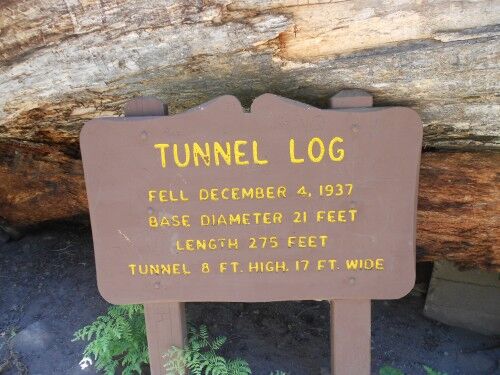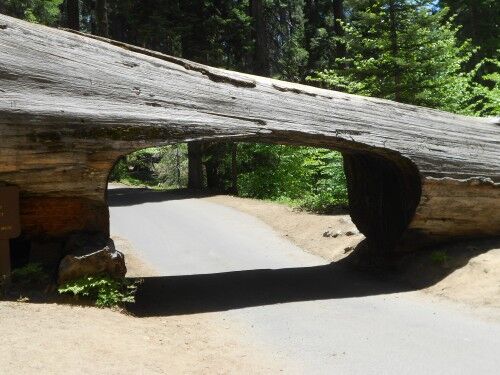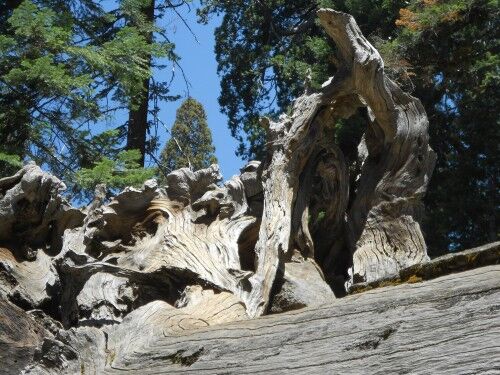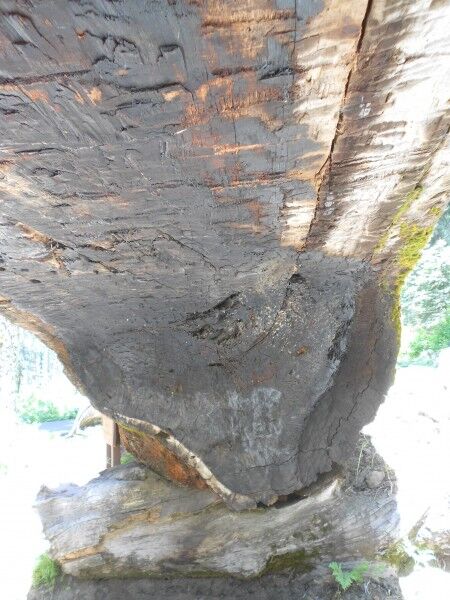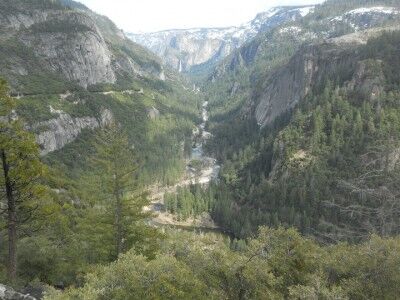I sometimes get asked why I go back to the same national parks again and again. Some of my friends seem to think that national parks are static and never changing. Their assumption is that once you have seen one place, then there is no real reason to see it again because you’ll simply be seeing the same thing that you saw the last time you visited. I think that most of them don’t realize how much national parks change depending on the time of year that you visit them, or even the time of day.
The truth is that national parks are dynamic and ever changing. I don’t remember a time when I have visited an national park and thought “nothing has changed.” Whether I am viewing iconic landscapes in a different season where plant and flowers are completely different, or simply in a different light due to where the sun happens to be, I constantly find new and interesting things with each visit.
While much of Sequoia national park was covered in snow during my last visit, coming to the park in June allowed me to discover this:
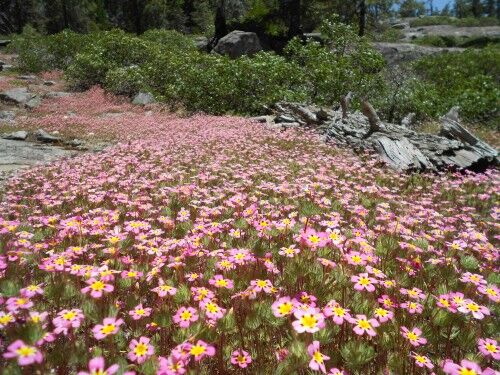
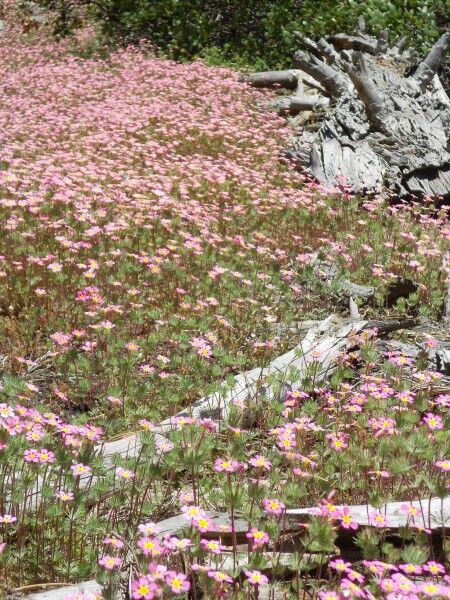
One of the greatest parts of national parks is their ability to get you to slow down a bit and relax. if you can manage to do this, you will notice that while the general landscapes may appear to stay relatively the same over time, the truth is that you will never see them the same way twice no matter how many times you visit. Please visit them often to try and prove me wrong 🙂

